
Door closer products must meet the national standard GB/T 2698-2005, and door closers used for fire doors should also meet the requirements of GA93-2004 "Door Closer Test for Fire Doors".
The factors that should be considered when choosing a door closer are: the weight of the door, the width of the door, the frequency of opening the door, the use requirements and the use environment, etc. The weight of the door and the width of the door are the most important factors in choosing the model of the door closer. Common doors include fire doors, wooden doors, aluminum alloy doors, glass doors, and steel doors. Usually the weight of the door is small, so choose the model with less strength, and vice versa. The frequency of door opening is a factor closely related to product quality. For occasions with frequent use, the product should be required to have better sealing performance and long service life.
Usage requirements include:
1) Whether it is necessary to have an automatic door stop function after opening the door;
2) Damping and buffering function - after the door is quickly opened to a certain position, a damping buffer is generated, and the damping buffer force and range can be adjusted according to the use requirements; this function is used to prevent the door or lock from colliding with the wall when the door is forced to open quickly, or emergency escape Prevent people from losing weight when opening the door quickly and leaning forward to the ground;
3) Delayed slow door closing - the door starts to close slowly at a constant speed from the maximum position of the door opening, and can be adjusted steplessly according to requirements. It is suitable for places with frequent access and many people, especially hospitals, where there are doors and passages for the elderly, children and disabled people to enter and exit;
4) Adjustable door closing force - it can be installed on different doors with a wide range of door weight and door width, as well as places with high door closing resistance due to environmental reasons. Random stepless adjustment can obtain satisfactory door closing force, especially in coastal cities, vehicles and ships, etc., where the door closing resistance (door force) changes frequently due to the influence of wind;
5) Use environment: fire protection requirements and antifreeze requirements for places below minus 35° in winter.


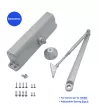
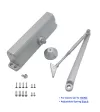
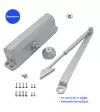
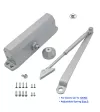
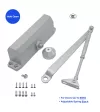
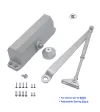
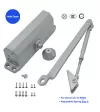
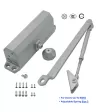
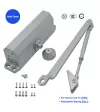
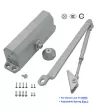



Write a comment